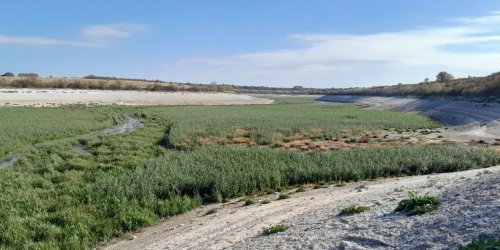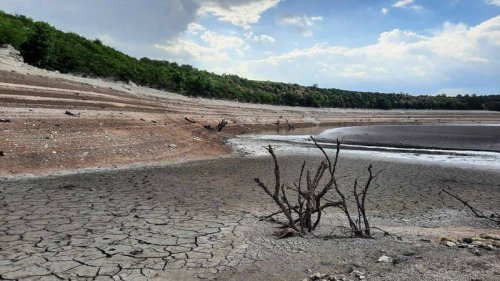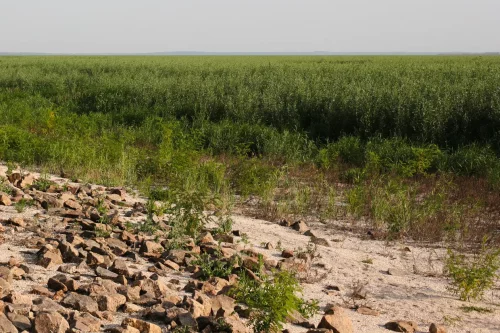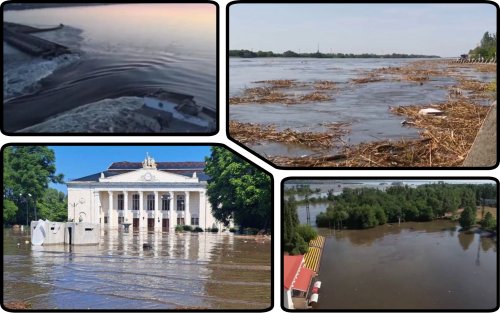On June 6, 2023, one of the largest environmental disasters in the history of modern Ukraine occurred – the explosion of the Kakhovka hydroelectric power plant by the Russian occupiers. Today, June 6, 2025, is the second anniversary of this terrible tragedy.
EcoPolitic has collected for its readers 10 important, but sometimes little-known facts about the explosion of the Kakhovka hydroelectric power plant that everyone should know.
- The first minutes of the explosion are documented
There is a video of the moment of the explosion online, which confirms that the destruction of the dam was a deliberate act. After the occupation of Kherson region, the enemy mined the hydroelectric power plant and later blew it up.
These recordings allowed experts to more accurately reconstruct the events and scale of the disaster.
- Environmental consequences are comparable to nuclear weapons
Researchers from Ukraine and the United Kingdom compared the environmental consequences of the Kakhovka HPP explosion with the use of tactical nuclear weapons. The massive destruction of ecosystems, the disappearance of aquatic habitats and soil contamination have elevated this tragedy to the rank of an environmental disaster.
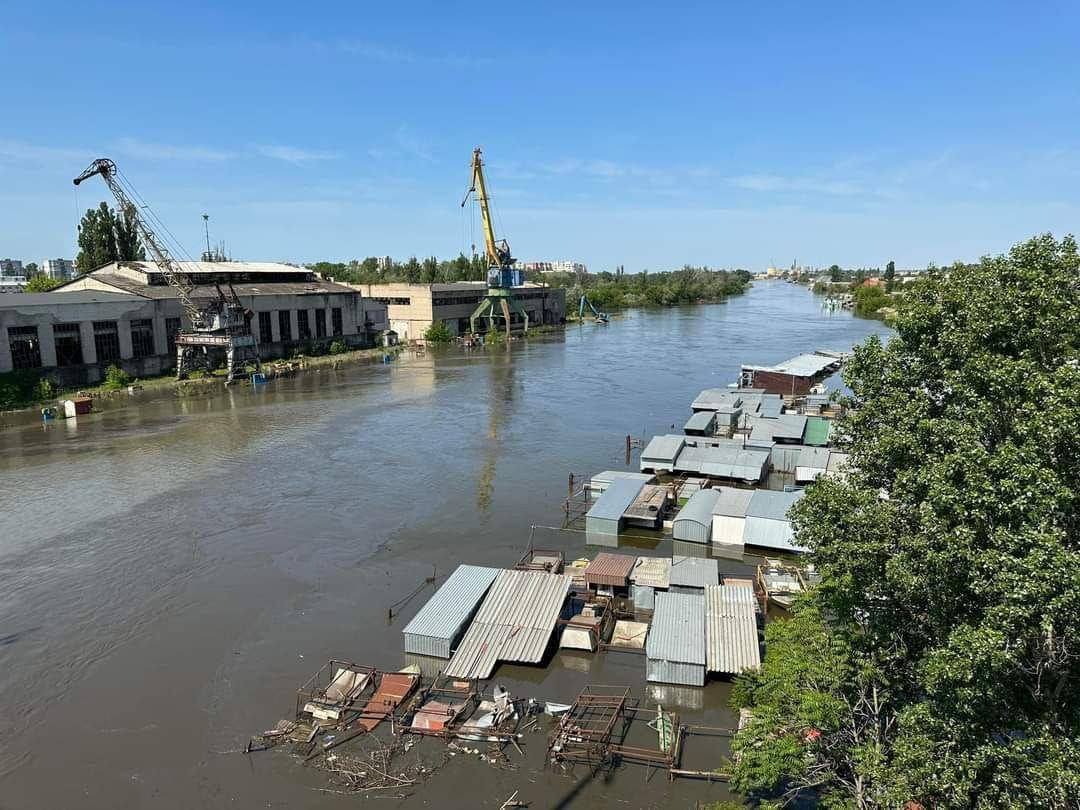
- Ukraine loses up to UAH 10 billion annually due to the destruction of the Kakhovka HPP
Ukrhydroenergo estimates that annual energy losses amount to approximately 1.5 to 2 billion kWh of lost generation, which is equivalent to UAH 8-10 billion.
Also, due to the destruction of the Kakhovka HPP, the industry and agricultural sector of Kherson region lost up to 94% of water, and of Dnipro region – up to 70%.
- Velykyi Luh is reviving naturally
The historic Velykyi Luh is being actively restored on the site of the disappeared Kakhovka reservoir. Ecologists have recorded the massive emergence of willows and the restoration of steppe flora and fauna, which indicates a high natural ability to regenerate.

Photo: Suspilne Dnipro/Yurii Tynnyi.
- Forest instead of reservoir – a new reality
The territory of the former reservoir is already turning into a forested area. This leads to changes in the local microclimate, the emergence of new ecosystems, and opens up discussions about the further use of this territory.
- Restoration without impact assessment is a serious risk
Environmental activists warn that the construction of a new hydroelectric power plant without a full environmental assessment could create new environmental threats. They demand an open discussion and the involvement of independent experts in the design.
- Ukrainian government announces a pilot reconstruction project
According to representatives of the Cabinet of Ministers of Ukraine, the project will last 2 years and include 2 stages, namely, design and reconstruction will be carried out after the de-occupation of the territory.
This intention has raised concerns among the public about compliance with environmental regulations and technological standards.
- The impact on ecosystems is irreversible
Environmentalists emphasize that changes in the biodiversity and hydrology of the southern regions may be irreversible. The disappearance of aquatic environments has led to the death of fish, birds and other fauna.
- The biggest source of danger is heavy metals accumulated at the bottom of the reservoir
In 94% of soil samples from the bottom of the former Kakhovka Reservoir, researchers found exceeding the maximum permissible concentrations of heavy metals. They identified arsenic, lead, strontium, and zinc as the main pollutants.
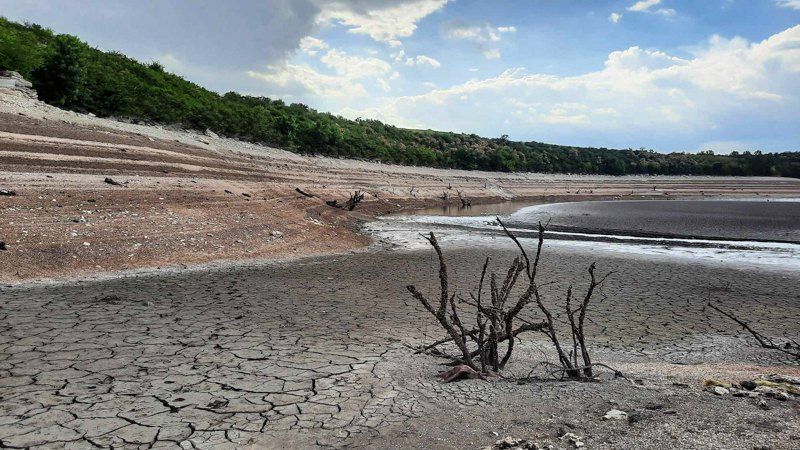
Photo: Alla Kuzemko
- UN rapid assessment confirms the scale of the tragedy
The United Nations quickly assessed the consequences of the explosion and confirmed that millions of people, hundreds of settlements and tens of thousands of hectares of agricultural land were affected. This is one of the worst environmental disasters in Europe in recent decades.
The anniversary of the Kakhovka hydroelectric power plant explosion is not just a date, but a reminder of the vulnerability of ecosystems and the price that humanity pays for armed conflicts. Therefore, the restoration of this territory is not only a technical task, but also a profound environmental, social and ethical challenge.
Last year, EcoPolitics prepared a large article about the explosion of the Kakhovka hydroelectric power plant. We talked about the history of this hydroelectric power plant, the environmental consequences of its explosion, the current state of the area, and its prospects.


